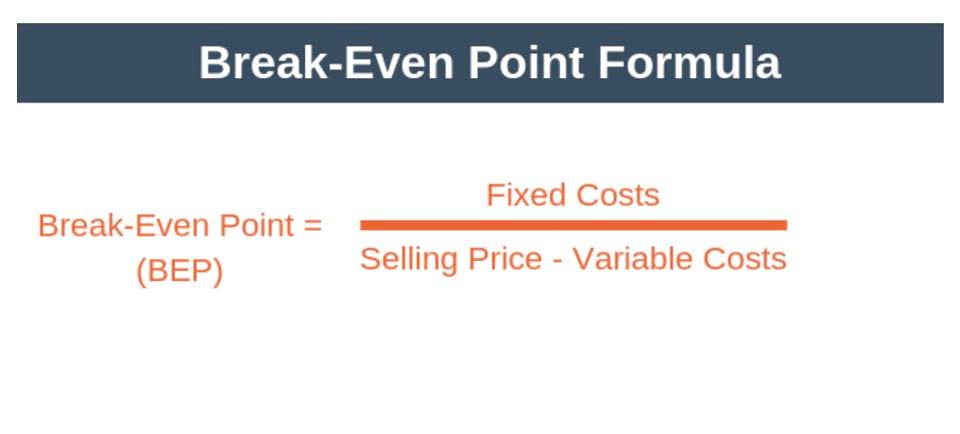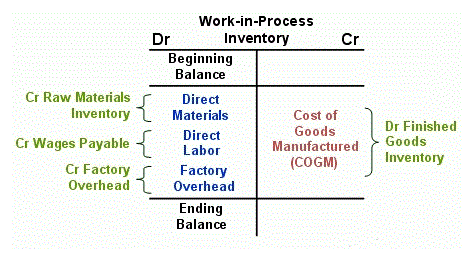
You can also use our profit margin calculator if you’d like to speed up this process. You purchase this spray from your supplier at $5 a bottle and sell them to your customers online for $10 a piece. From the seller’s view, the $ 100 value is a margin, but when viewed from a buyer’s viewpoint, the same $100 is markup. It costs you $5 to have each pen made by the manufacturer to your specifications. You can calculate a margin for a single product, or an overall margin as part of your yearly or quarterly profit and loss reports. Eliminate credit normal balance card costs by passing fees along to your customers.

Markup and margin FAQs
Economists have shown that the largest firms in a retail market usually have the highest gross margins because economies of scale allow them to do business at a lower marginal cost. Markdowns can help businesses clear out excess inventory, drive customer traffic, and boost short-term sales. However, it’s essential to carefully plan and execute markdown strategies to avoid eroding profits and negatively affecting brand perception.
A quick rundown of margin and markup formulas

Margin, on the other hand, is a term that can refer to several things but is most often used to indicate a firm’s sales profits. This figure is also known as a firm’s price-cost margin, gross margin, or contribution margin. In other words, markup is equal to a product’s selling price minus the cost of goods (or, in some cases, minus marginal cost—more on that in a little bit). It can be expressed as a dollar amount or as a percentage of the selling price.
How do pre-orders work for ecommerce and the best time to accept them
In our earlier example, the markup is the same as gross profit (or $30), because the revenue was $100 and costs were $70. However, markup percentage is shown as a percentage of costs, as opposed to a percentage of revenue. Your markup percentage must always be higher than your margin percentage if you want to reach a particular profit margin. explain the difference between a markup and a margin One of the most common mistakes when calculating markup and margin is confusing the two concepts. Markup is based on the cost of a product, while margin is based on the selling price.
In others, like electronics and designer goods, markup is very high — in some cases, 250% to 500% — so retailers need to sell fewer items to turn a profit. Simply put, markup is the difference between the selling price and the cost of goods sold (COGS). It’s not just a number; it’s a reflection of your business’s financial health and market positioning. The decision to use markup versus margin depends on the context and the specific objectives Partnership Accounting of your business, as each term provides a different perspective on pricing and profitability.
How to Calculate Raw Materials Inventory
- For instance, if a hardware store sells a power drill for $100 that costs $50 to produce, the profit margin would be $50 (or 50%).
- Understanding the differences between margin and markup is essential for effective pricing strategies, cost control, and overall profitability management.
- As we’ve seen, there are a fair number of calculations governing a retailer’s margins and markups.
- With rates on the rise in Australia, it’s important to revisit your pricing and ensure your markup percentage is delivering on the desired margin.
- This means that for every dollar of revenue generated from selling the product, the business retains 40 cents as profit.
Learn the difference between budgets and key types of forecasts for use in your ongoing business planning activities with this simple guide. Get a free cost-comparison of your current payment processing costs vs. EBizCharge here. As an eCommerce business owner, you may see stacks of orders coming in and shipments going out the door without… To express the result as a percentage, take the final number, divide by revenue, and multiply by 100. Manage complex financials, inventory, payroll and more in one secure platform.
Best Practices for Choosing Between Markup and Margin Strategies
It’s important to keep in mind that your markup is not a set and forget. With rates on the rise in Australia, it’s important to revisit your pricing and ensure your markup percentage is delivering on the desired margin. It’s helpful to understand what others in your industry are charging and the level of service that comes with price setting when developing your markups. For example, if you plan to achieve higher margins, and therefore need to charge more than competitors, you must take this extra cost seriously as your customers will expect a higher quality service.

- Of course, your pricing strategy is also influenced by other factors, such as demand, competition and branding.
- Margin is the difference between the selling price and the cost of a product or service, expressed as a percentage of the selling price.
- Understanding your markup is crucial to ensure you’re pricing products correctly and generating sufficient revenue to cover your costs and make a profit.
- Margin, on the other hand, is the difference between your selling price and your production cost price.
- However, the margin, expressed as a percentage of the selling price, shows how much of each sale contributes to overall profitability.
- Eliminate credit card costs by passing fees along to your customers.
Often, only direct costs, such as production or purchase costs, are considered. However, to truly achieve profitability, overhead costs like rent, utilities, and employee wages should also be factored into the markup. Without including these additional expenses, businesses may set their prices too low, which could negatively affect their profit margins.
Properly understanding how to apply markup vs. margin is critical for growing businesses to achieve optimal scalability and profitability. SkuVault Core’s inventory management software generates reports that provide retailers with the exact numbers they need to complete the above calculations. As we’ve seen, there are a fair number of calculations governing a retailer’s margins and markups. We’ve compiled all of the above formulas, plus a few bonus equations, into one handy cheat-sheet for easy reference and review. Sellers should use markup values when developing pricing strategies.
